The existence of Sasquatch–a Salish word for a large, hairy, ape-like North American mammal also called Bigfoot–is hotly debated. The body of an actual Sasquatch has never been found.
But that hasn’t stopped its giant footprints from tromping over the news and social media, ancient legends, art, and thousands of scientific papers, books, and documents–either trying to prove that Sasquatch is real or just a myth.
“He was a very credible scientist in his own right, and his greatest frustration was with his professional colleagues who refused to look at the evidence.”
Terrance N. James, author of Sasquatch Discovered:
The Biography of Dr. John Bindernagel
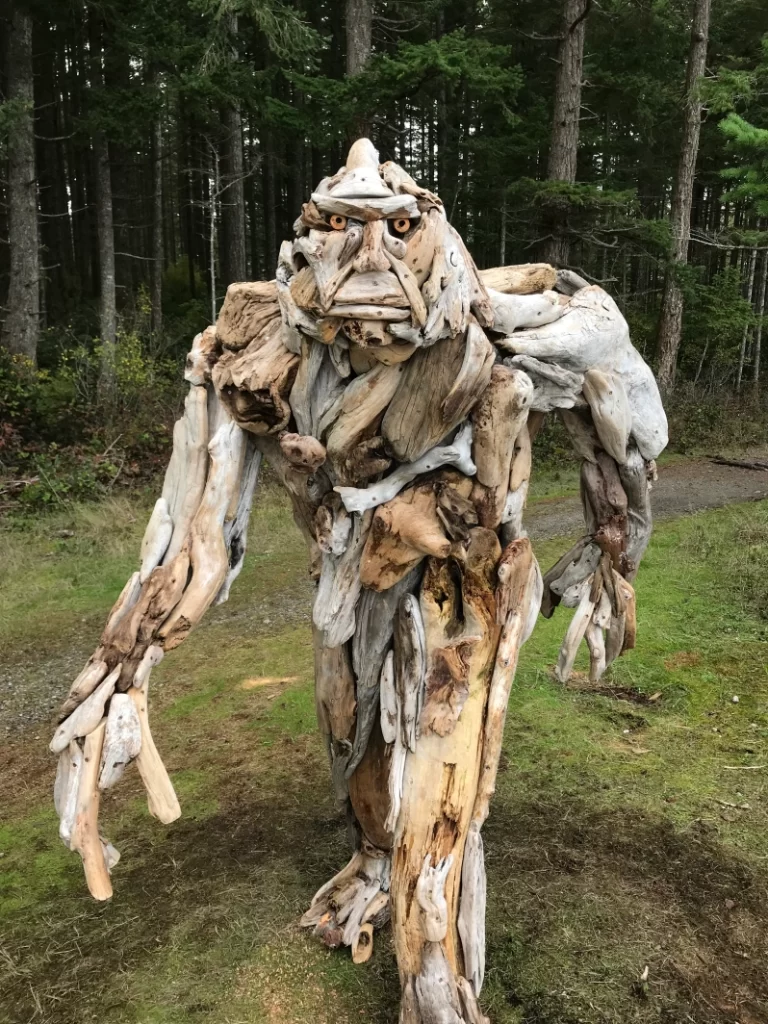
After all these years, the debate is no closer to being resolved. And some recent publications about Sasquatch are deepening the mystery.
In the “myth” camp is a scientific study released early this year trying to debunk claims that the creature is real. Data scientist Floe Foxon looked at decades of sightings in B.C. and parts of the U.S.–and found that reports of Bigfoot/Sasquatch are most frequent in places that also have lots of black bears.
“One Sasquatch sighting is expected for every few hundred bears in a given state or province,” he concluded. “If Bigfoot is there, it may be many bears.”
Vancouver Island wildlife biologist Dr. John Bindernagal would have challenged this claim. He was one of the few trained scientists worldwide who took Sasquatch sightings seriously.
His friend, Terrence James of Courtenay, B.C., has written a new book about Bindernagel’s quest, describing the biologist as “beloved by eyewitnesses and amateur investigators alike but largely dismissed by the scientific community.”
Bindernagal insisted on using the word Sasquatch, James said, because “Bigfoot” is part of America’s pulp culture industry, and “he thought that took away from science.”
Terrance N. James
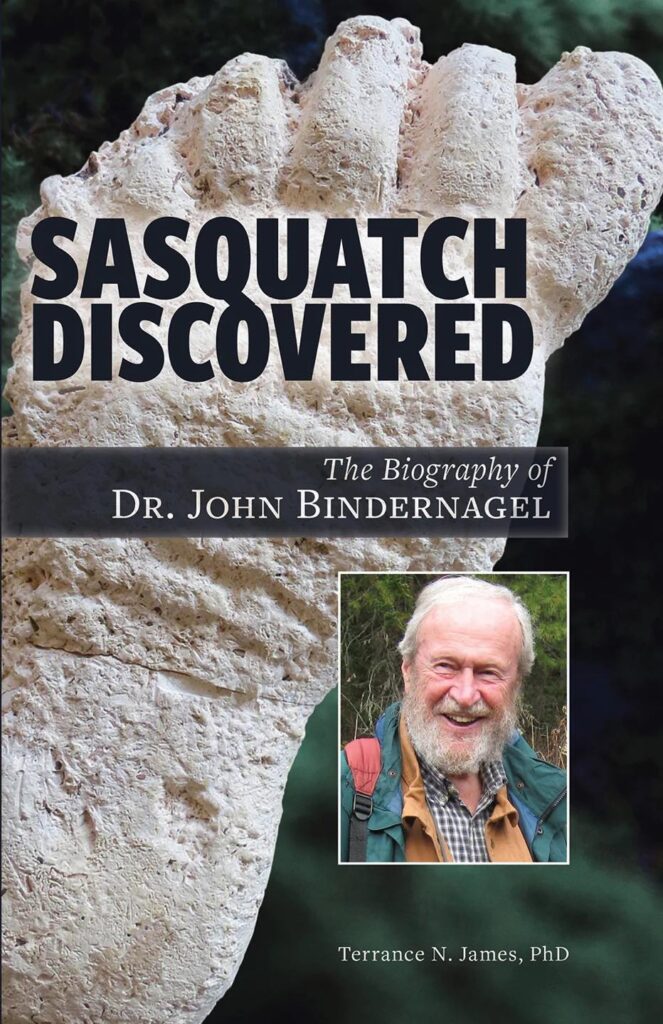
Source: Texas Bigfoot Research Center on Facebook.
James said Bindernagal, who died in 2018, was a neighbour and good family friend, and the book, Sasquatch Discovered: The Biography of Dr. John Bindernagel, was written “very much to honour his dying wish. He wanted to have the story told about the unfolding Sasquatch discovery.”
“He was a very credible scientist in his own right, and his greatest frustration was with his professional colleagues who refused to look at the evidence,” James said.
The evidence that Bindernagel compiled, said James, spans 150 years and includes tracks in Strathcona Park on Northern Vancouver Island, whooping noises heard near Comox Lake, and sworn legal affidavits of people describing encounters with the beast.
“Every single country has its version. Yeti, Yowie in Australia, Wild Man in China. I’m not going to say it doesn’t exist, and I’m not going to say people who believe in it are stupid.”
Dr. Jane Goodall
James said some people dismiss the idea of a great ape because it’s become the butt of jokes and conspiracies in popular culture. Tens of thousands of people follow Bigfoot culture in social media groups and trek to conferences across North America. In the U.S., Bigfoot has even been used in political attack ads, with one candidate in 2018 accusing her opponent of “bigfoot erotica.”
Bindernagal insisted on using the word Sasquatch, James said, because “Bigfoot” is part of America’s pulp culture industry, and “he thought that took away from science.”
Not all other scientists are dismissive. In 2021, the famous primate researcher Jane Goodall told Gabriella Paiella of GQ Magazine that she would not rule out the idea of a giant North American ape.
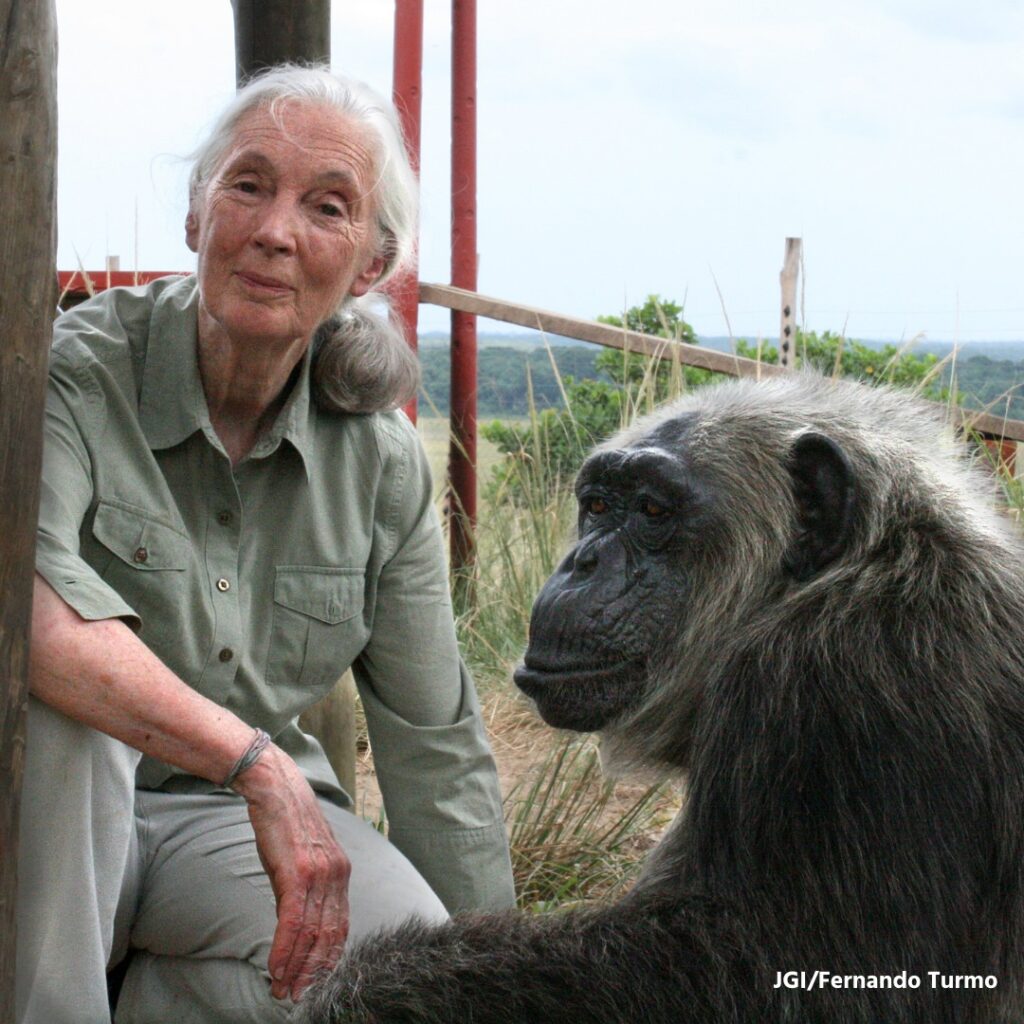
Photo Credit: JGI/Fernando Turmo. Source: Dr. Jane Goodall on Facebook.
“Every single country has its version. Yeti, Yowie in Australia, Wild Man in China. So I don’t know if it’s perhaps a myth that stems from maybe the last of the Neanderthals. But then is the last of the Neanderthals still living in these remote forests? I don’t know. But I’m not going to say it doesn’t exist, and I’m not going to say people who believe in it are stupid,” Goodall told Paiella at the time.
But the concept of Sasquatch doesn’t need science to validate it, said Associate Professor Peter Cole of the University of B.C.
Cole, a member of the St’at’imc Nation in southwestern B.C., where stories of Sasquatch are part of the culture, said academics are trained to use a very narrow set of scientific tools to view the world. “You’re not going to be able to see something that doesn’t fit those criteria, and if you do, you’ll call it a hallucination,” he said.
“It was huge, at least 7 feet tall. The footprints were about 15 inches long.”
Elected Chief Doug Neasloss of Kitasoo/Xai’Xias Nation
Most First Nations cultures in B.C. include a creature like the Sasquatch–often described with different names by different nations–in ancient legends and stories.
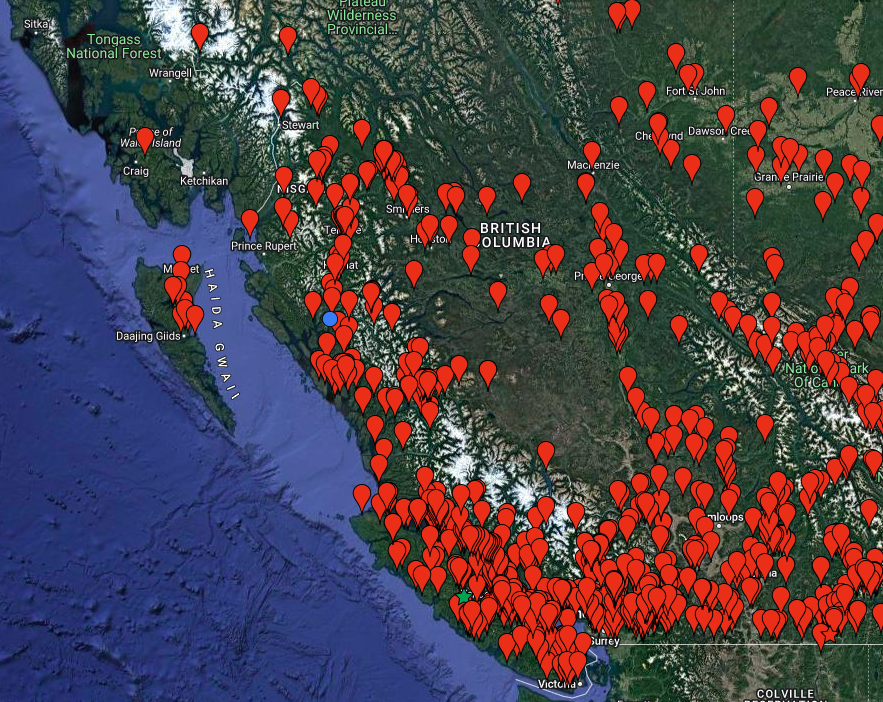
“Łáłá and Sasquatch sometimes are used interchangeably perhaps physically but socially and ceremoniously. That’s where it differs,” says Q̓íx̌itasu Elroy White, a Heiltsuk archaeologist based in Bella Bella. “ My knowledge of łała is from our stories and ceremonies.”
Some of those stories are quite fresh.
One story in the outlet Mental Floss, The Canadian Village Where Sasquatches Are Said to Roam, features elected chief Doug Neasloss of Kitasoo/Xai’Xias Nation, who was profiled by West Coast Now last year. He says he had a potential encounter two decades ago in Kitasu Bay on B.C.’s Central Coast. He and his companions were sitting around a bonfire when he noticed what might have been a Sasquatch watching them from behind a tree– it stood up and left when they noticed it. “It was huge, at least 7 feet tall. The footprints were about 15 inches long,” Mental Floss quoted Neasloss as remembering.
Most of the popular stories about Sasquatch are centred in B.C.’s southwest, where the research of writer John Green helped make the Fraser Valley town of Harrison a centre of Canada’s Sasquatch lore. Nearby lies Sasquatch Provincial Park. Pubs, restaurants, and other businesses are commonly named “Sasquatch” throughout the south coast and on Vancouver Island.
B.C. biologist David Hancock, the founder of Hancock House Publishing in B.C., has published dozens of books about Sasquatch and Bigfoot, including Terrence James’s recent book about John Bindernagel.
Hancock said he’s gone on several expeditions seeking the creature with many Sasquatch hunters but has never seen one. Asked if he believes Sasquatch exists, Hancock pauses. “I believe they sell lots of books.”
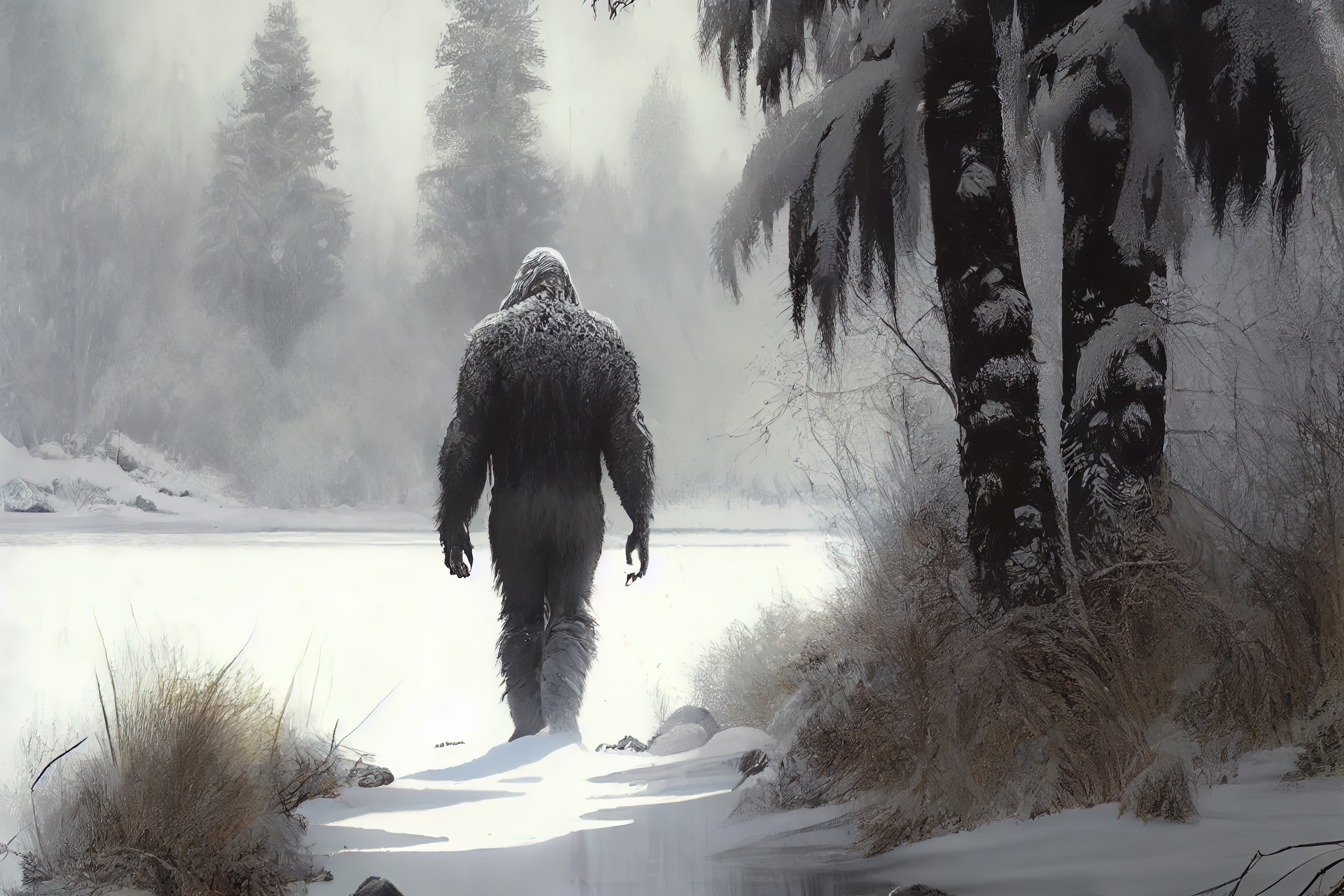





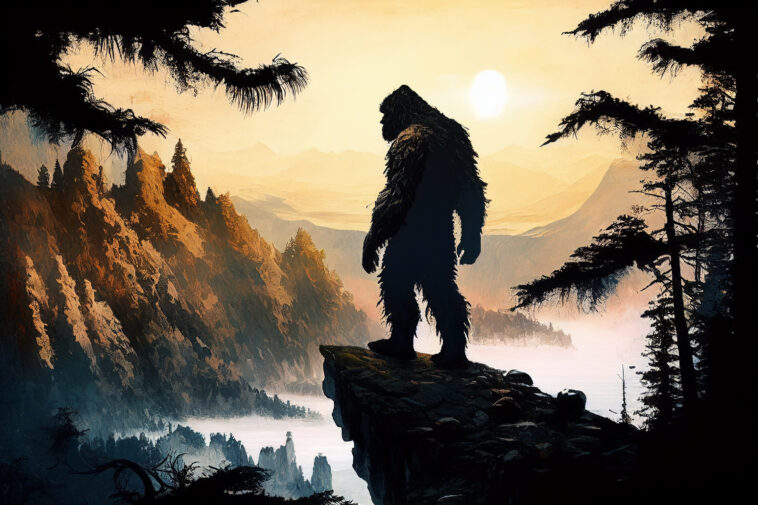
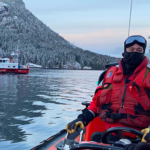
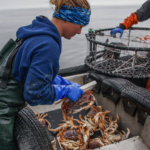
My wife and I saw a young sasquatch mid-summer of 1982 of Meziadin Lake B.C.
A new bridge across the Meziadin River and some kilometers of road into the vast tract of timber land west of the Nass river to the coast & stretching from Stewart to New Ayansh. Unlogged territory. We had just crossed a decent size creek and the road made a left to parallel the creek.
A young Sasquatch we estimated in its mid-teens (compared to human) less than 100 ft ahead. It looked up surprised and broke into a run across the road. More human than ape 7 ft+ tall.
[email protected] for the rest of the story.